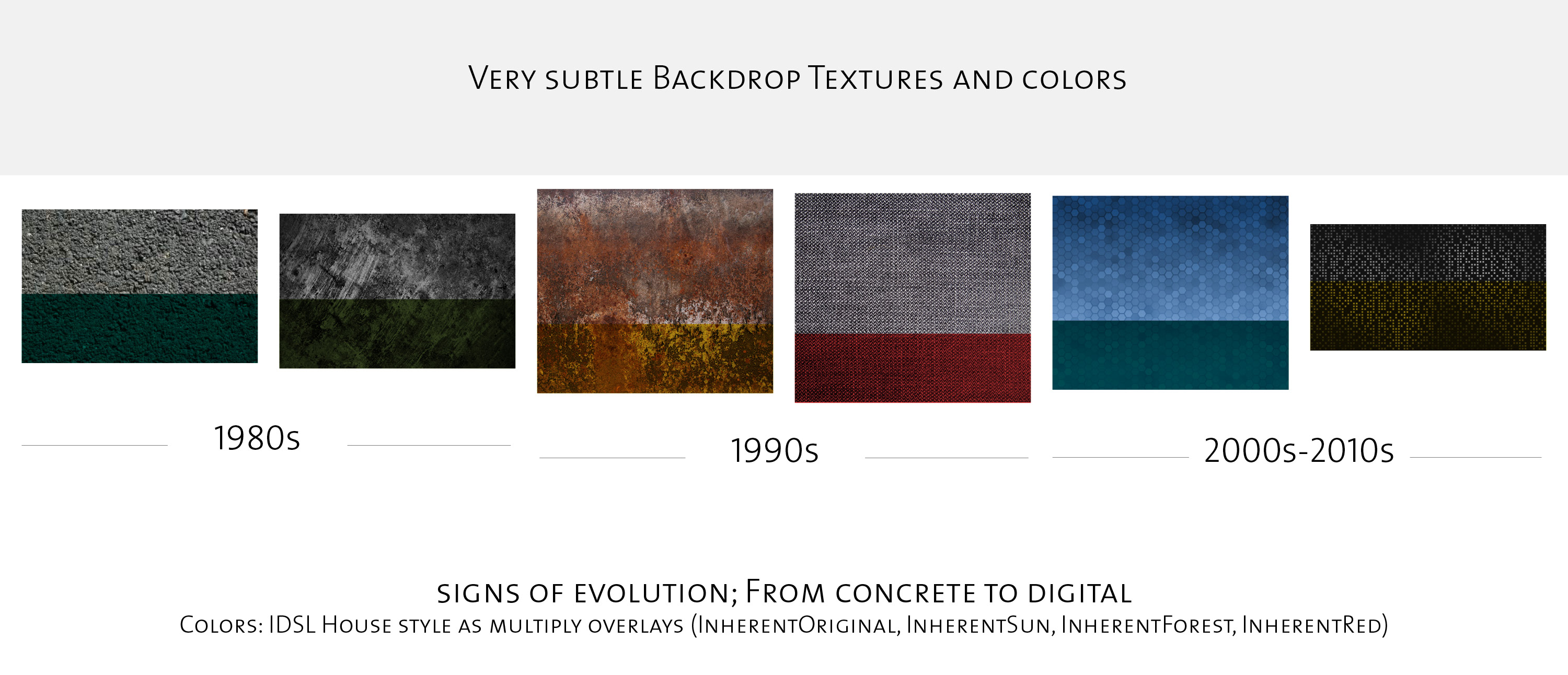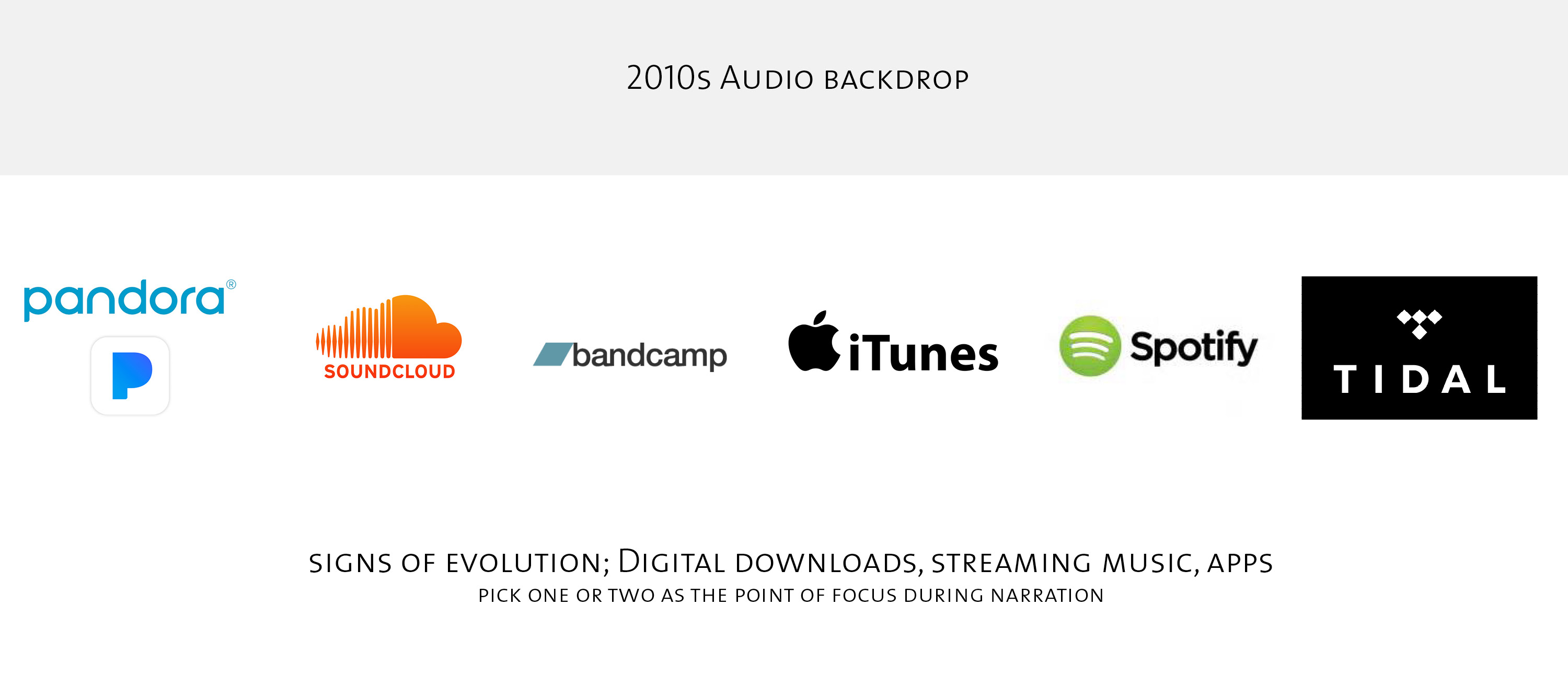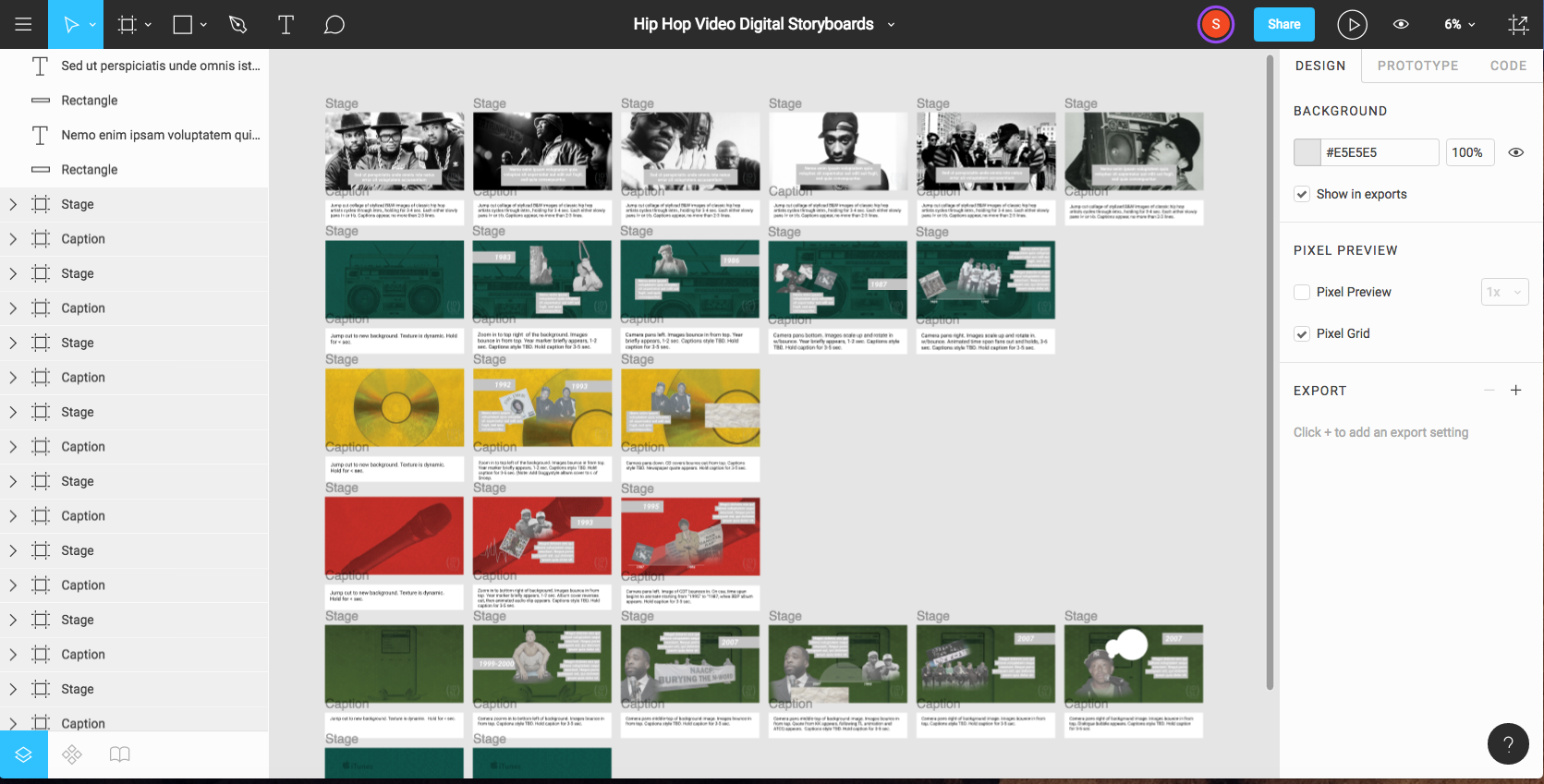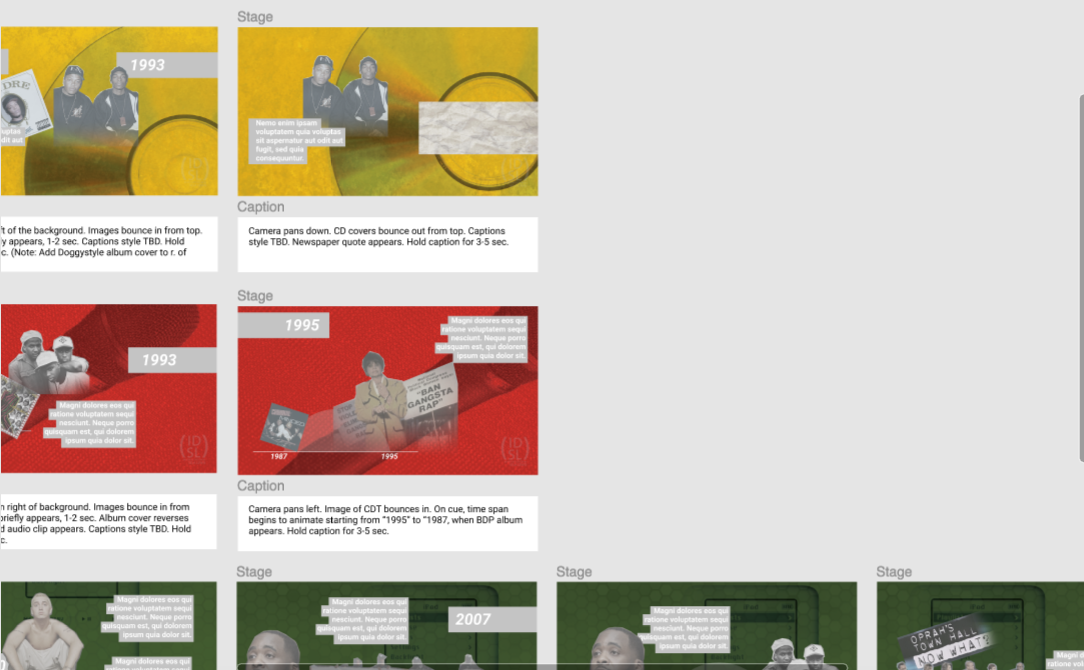
Video | A (Brief) History of Bad Hip-Hop Debates
Video | A (Brief) History of Bad Hip-Hop Debates
Description
[responsivevoice_button voice=”UK English Female” buttontext=”Listen to This”]
Overview
Based on a video blog from Jay Smooth, “Why Is Every Hip Hop Debate So Annoying?” produce a video showing the history of advocacy groups, politicians, political commentators, and music industry execs. Taking every few years or so to shame hip-hop music for its gratuitous violence, racialized misogyny, conspicuous consumption, and excessive drug and alcohol use.
Goals
The first goal is not to excuse what hip-hop artists say in their music. The second goal is to find out answer Jay Smooth’s question: Why is every hip-hop debate so annoying?
Research and Script Development
Research started from Hip Hop on Trial, the panel mentioned in Jay Smooth’s video. Then I went back as far as possible to find similar debates and panels. In my discoveries, I realized I needed to broaden resource criteria beyond traditional sit-down debates, and find moments that set the tone of ongoing hip-hop discourse. That meant citing New York City Mayor Ed Koch, Detroit Mayor Kwame Kilpatrick, a music review from The New York Times, and radio shock jock Don Imus as examples.
The strategy was to gather enough fact-based information to first find, then highlight a pattern often under-considered in hip-hop discourse: A large generation gap between the people who criticize hip-hop, and the people making and buying hip-hop culture. Once a pattern was found, a script was developed illustrating time gaps and callbacks.
Art Direction and Production
For the art direction, mood boards visualized the evolution of music technology as a backdrop. As each decade progresses throughout the video, a disconnect happens between what is said by hip-hop pundits and what is actually happening in a youth-driven hip-hop culture.
I used Figma for quick digital storyboards. Figma, a rapid prototyping software tool, is typically used for building mobile apps. But I found it very useful to efficiently map several visual components of the video and add camera directions.
Music and Sound Design
There was no budget for this self-produced project, so finding free, high-quality, background music was key. The Free Music Archive is an excellent resource and I highly recommend signing up and donating to the service.
Rather than pick one generic hip-hop sound to run the length of a 9-minute production, I picked sounds based on groundbreaking and influential hip-hop music producers of each decade: New York City DJs Larry Levan and Walter Gibbons for the 1980s; G-funk from Dr. Dre for the early 1990s; DJ Premier, Prince Paul, and J Dilla for the mid 1990s; The Neptunes for the 2000s; and KAYTRANADA for the 2010s.
Tackling a Difficult Subject and Meeting it with Creative Visual Ideas
Theorizing that hip hop debates are bad, then using video as the medium to prove that theory required being an investigative journalist, creative director, art director, and scriptwriter all at once. In addition to tackling a difficult subject matter with a different approach, I also had several technical goals that I wanted to improve upon with this project: Work with bitmap images vs. vector-based artwork, work on a video production longer than five minutes, improve camera movement, sound, and video editing techniques.
Though pre-production started in April of this year, I’d been wanting to produce a video like this for years. Since I began learning advanced digital animation techniques more than a decade ago, I wanted to produce a long-form video on the history of demonizing hip-hop music. But I didn’t have the time or resources to do it any justice or take a different perspective to the topic. Through this project, I learned how to improve my technique and take ownership of reshaping the common narrative around hip-hop music and culture.
Research, writing, editing, creative direction, art direction, motion design, production, editing, and sound design.
Date
September 24, 2017
Categories
- Animation
- Creative Direction
- Video Production






